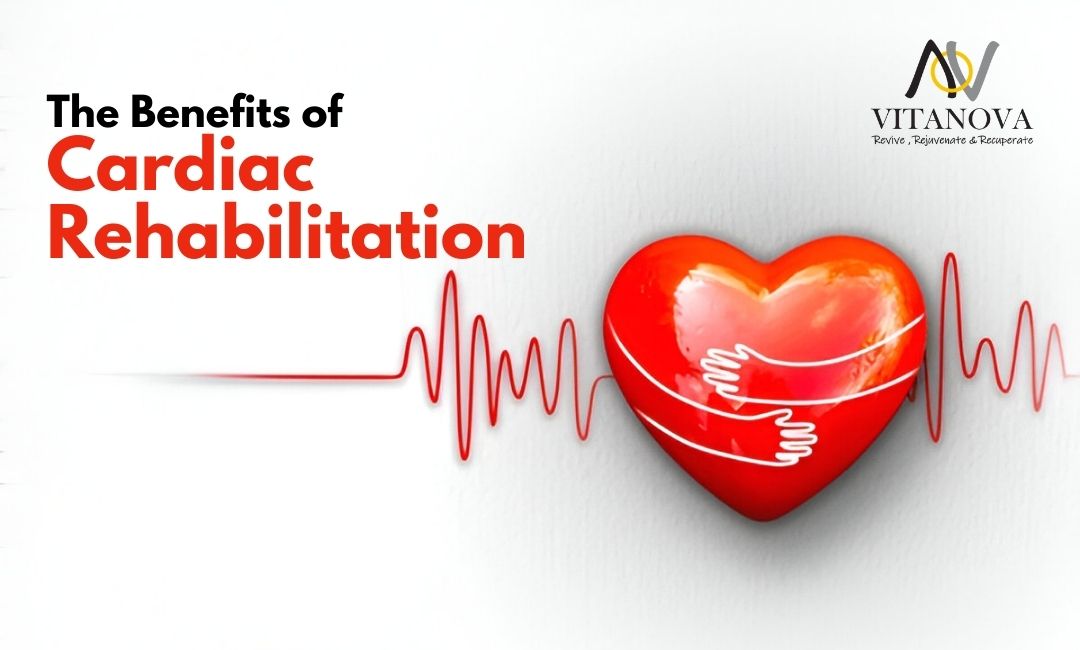Arogyajivan Medical Tourism For Cardiology Fundamentals Explained
Arogyajivan Medical Tourism For Cardiology Fundamentals Explained
Blog Article
All About Arogyajivan Medical Tourism For Cardiology
Table of ContentsThe Arogyajivan Medical Tourism For Cardiology IdeasThe Ultimate Guide To Arogyajivan Medical Tourism For CardiologyArogyajivan Medical Tourism For Cardiology Things To Know Before You BuyWhat Does Arogyajivan Medical Tourism For Cardiology Do?The 20-Second Trick For Arogyajivan Medical Tourism For CardiologyArogyajivan Medical Tourism For Cardiology Things To Know Before You Get ThisThe Ultimate Guide To Arogyajivan Medical Tourism For Cardiology
ET in Space 103AB Smits will certainly provide the research study, "FFR Guided Acute Complete Revascularization Versus Offender Lesion Only Treatment in People Offering With ST-Segment Altitude Coronary Infarction and Multi Vessel Illness: The COMPARE-ACUTE Test," on Saturday, March 18, 2017, at 10:45 a.m. ET in the Key Tent (Hall D).You'll improve clients' high quality of life after a life-changing occasion such as a heart attack, heart failing or a heart rhythm problem (ArogyaJivan Medical Tourism for Cardiology). You'll also be entailed in comprehending diseases, how they proceed and can be avoided.
, which consists of your heart, arteries, and capillaries.
8 Easy Facts About Arogyajivan Medical Tourism For Cardiology Explained
: The heart receives better blood flow after balloon angioplasty. Throughout this surgical procedure, persistent blockages in the coronary arteries are opened using a specialized shattering tool.
In a lot of cases, a stent is after that inserted into the blockage.: After balloon angioplasty or atherectomy, a little steel coil or mesh tube called a stent can be positioned in the artery. The stent is positioned at the end of a catheter, placed through a blood vessel in the wrist or leg, and assisted approximately the heart, where it protects against recently opened arteries from collapsing.
These consist of hypothermia and different ventricular support devices, such as intra-aortic balloon counterpulsation (IABP).: Blood circulation from the mom to the unborn child is promoted via the foramen ovale, a little opening in the wall that divides the right and left top chambers of the heart throughout development. Normally, throughout infancy, this hole shuts.
The Greatest Guide To Arogyajivan Medical Tourism For Cardiology
Sometimes, it needs it to be shut off. It is a minimally invasive procedure that targets and damages nerves near the kidneys that can come to be overactive and bring about high blood stress. Interventional cardiologists are informed to give specific catheter-based therapies for heart disease, which is the primary difference in between them and regular cardiologists.
There might be some anxiousness connected with an impending heart or blood vascular treatment. On the other hand, a professional in interventional cardiology will be handling your care during the therapy. A diagnostic information-gathering procedure can be done by an interventional cardiologist. By doing so, they can settle the issue without calling for open heart surgery.
People are offered a sedative to aid them loosen up. An anesthetic is applied to numb the location where the catheter is put. The treatment takes regarding an hour, and clients may be needed to stay in the healthcare facility overnight for tracking. Cardiac bypass surgical treatment is a major medical treatment and, like any type of surgery, carries some threats.
Examine This Report about Arogyajivan Medical Tourism For Cardiology

Boosted Outside Counter Pulsation (EECP) is executed as a non-invasive treatment to lower the number and YOURURL.com intensity of angina episodes. Therapy is administered with 3 pairs of exterior inflatable cuffs that are used around the reduced legs, top legs and buttocks. These cuffs constantly blow up and deflate between the relaxing period of the heart beat and rise blood returned to the heart.
The smart Trick of Arogyajivan Medical Tourism For Cardiology That Nobody is Talking About

IABP resulted in increasing the quantity of blood that can get pumped out of the heart by pumping up a balloon in the aorta between each heart beat. Opening up the aorta permits more blood flow and therefore reduces exactly how hard the heart has to work - ArogyaJivan Medical Tourism for Cardiology. This same theory is related to EECP however is taken one step further
This likewise reduces how hard the heart needs to function yet on a much greater range, specifically for individuals with damaged heart cells. Individuals are eligible for treatment if they have actually been identified with disabling steady angina (Class III or IV Canadian Cardiovascular Culture or equal more helpful hints classification), who in the viewpoint of a cardiologist or cardiothoracic specialist, are not easily amenable to medical intervention since: Their problem is unusable, or at high risk of operative complications or postoperative failing; Their coronary composition is not easily amenable to such treatments; or They have co-morbid states, which produce extreme risk.
6 Simple Techniques For Arogyajivan Medical Tourism For Cardiology
Individuals will certainly finish a tension examination prior to starting EECP therapy. After completing 35 treatment sessions, there will be one more stress and anxiety examination determining the exact same worths.

The alignment is designed to give a private the opportunity to experience exactly what treatments will be like. There will be an alignment to the area, a complete description of the therapy sessions, education about the treatment process, and a 15-minute trial of the ECP machine in operation. Any type of concerns regarding the treatment will also be resolved right now.
Rumored Buzz on Arogyajivan Medical Tourism For Cardiology
Diet plan and nutrition counseling. Psychological assistance. Cardiac rehabilitation may begin before the hospital releases you and ought to proceed long-lasting. Heart rehab stages are: Inpatient (starting while you remain in the medical facility). Outpatient (going to appointments and after that going home later). On your own (maintaining up exercises on your own and at your very own cost).
Report this page